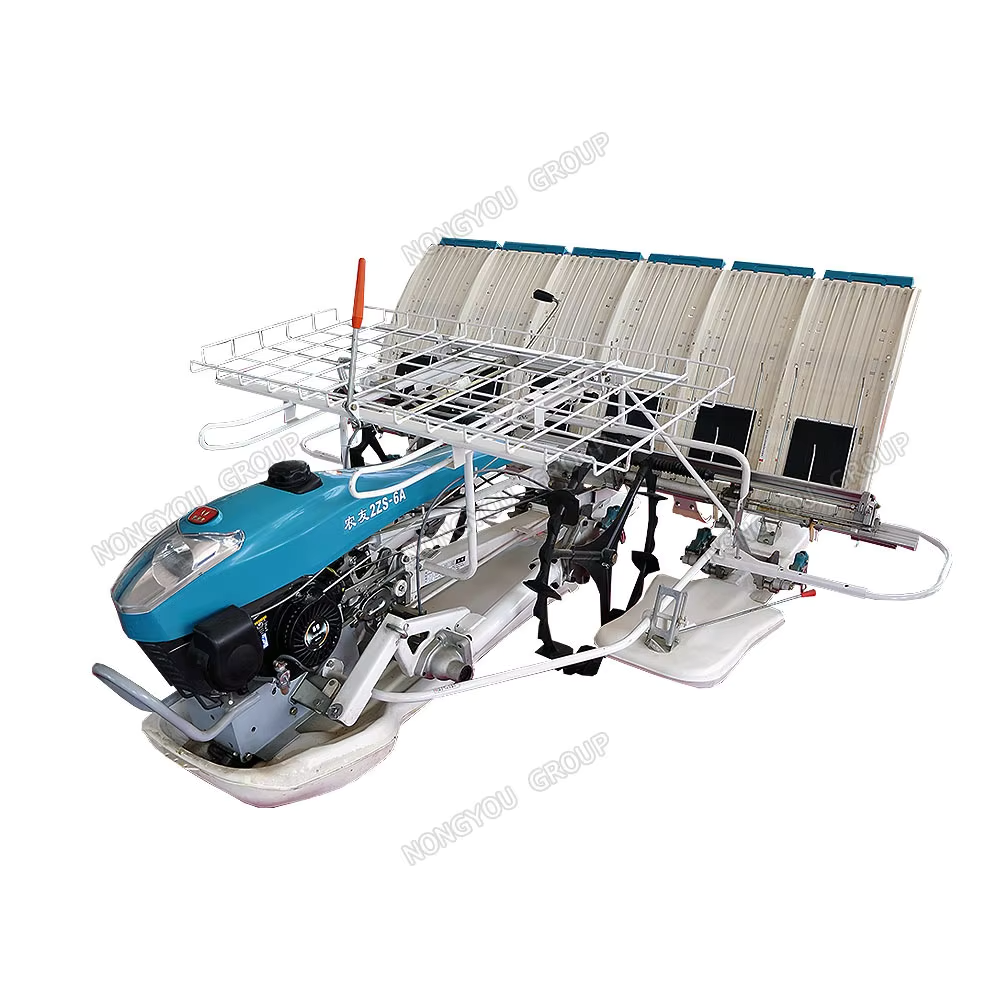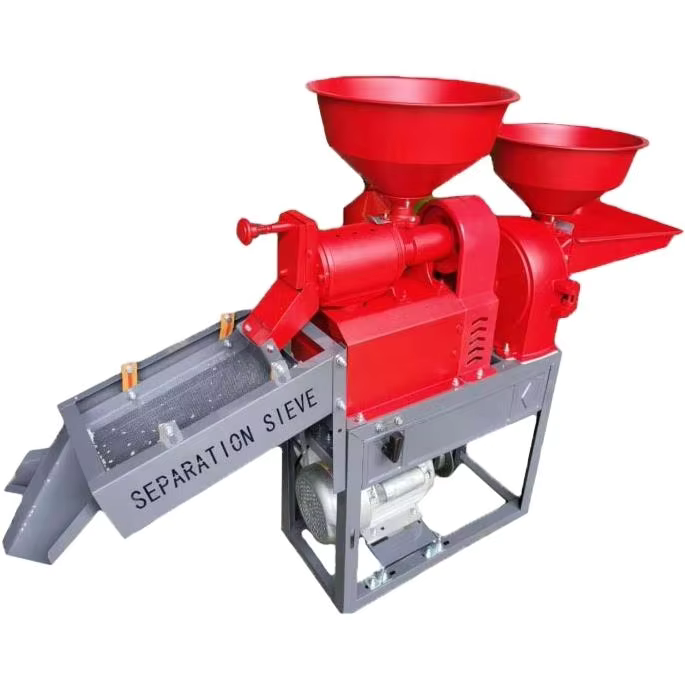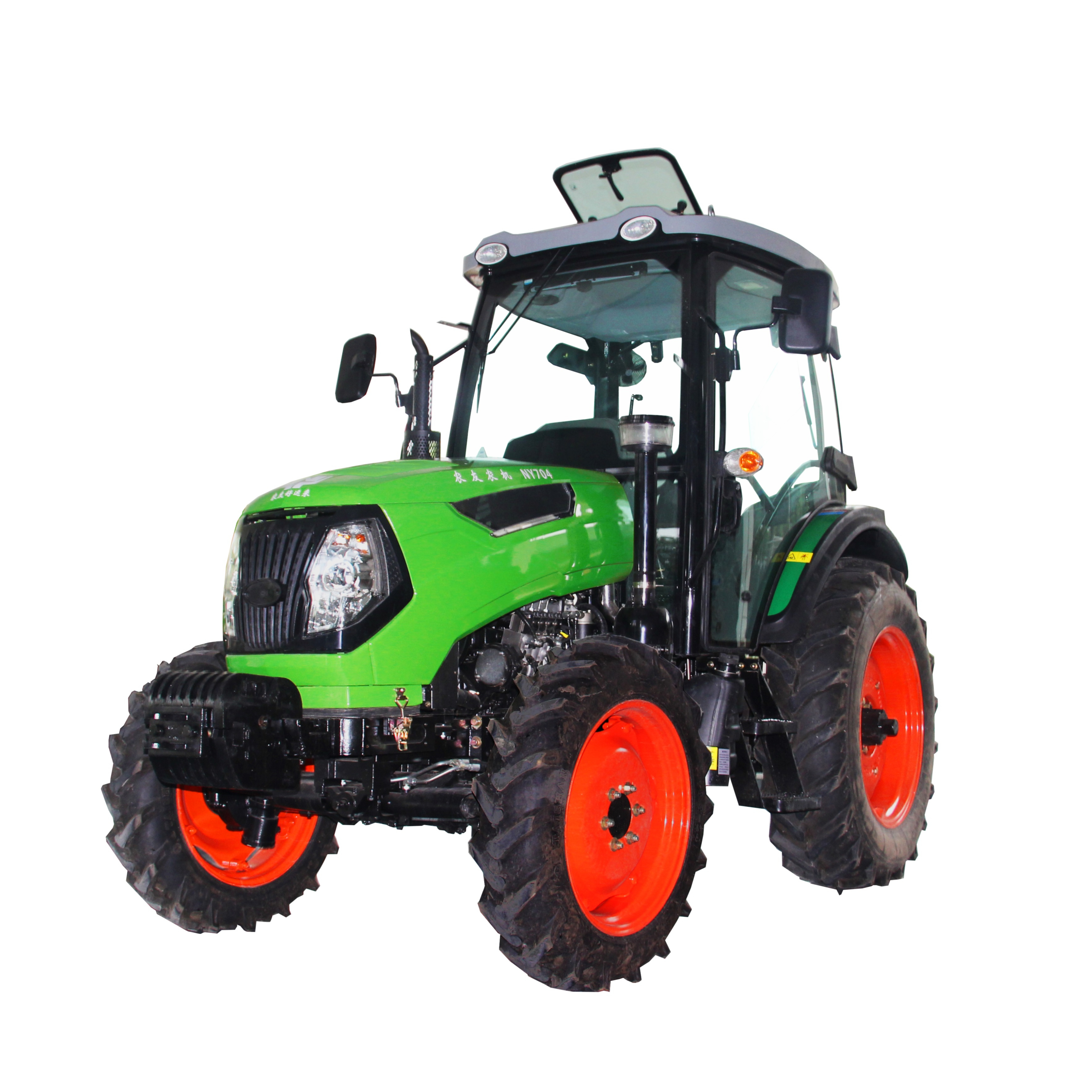combine harvester small
The combine harvester small is a compact yet efficient agricultural machine designed for smaller farming operations and specialized harvesting needs. This versatile equipment combines the functions of reaping, threshing, and winnowing into a single automated process. Despite its reduced size, it maintains impressive harvesting capabilities, typically processing 1.5 to 2 acres per hour. The machine features a cutting width of 1.2 to 2 meters, making it ideal for navigating narrow field layouts and smaller plots. Advanced technological features include precision cutting mechanisms, an efficient grain separation system, and an ergonomic operator station. The small combine harvester employs a simplified yet effective threshing mechanism that ensures minimal grain damage while maintaining high throughput rates. Its compact design allows for easy maneuverability in confined spaces, making it particularly suitable for small to medium-sized farms, specialty crop operations, and research facilities. The machine's reduced fuel consumption and lower maintenance requirements make it an economically viable option for farmers transitioning from manual harvesting methods to mechanized operations. Modern small combine harvesters also incorporate basic electronic monitoring systems that help operators track essential performance metrics and maintain optimal harvesting conditions.


